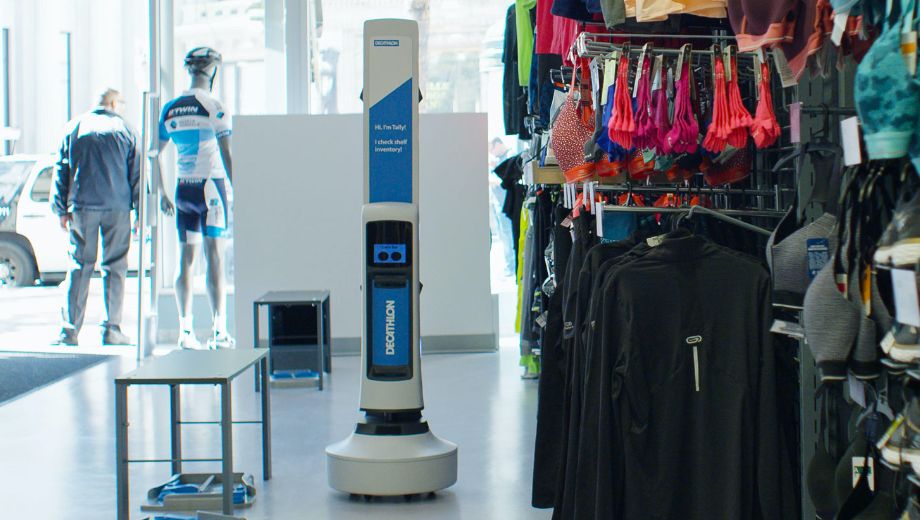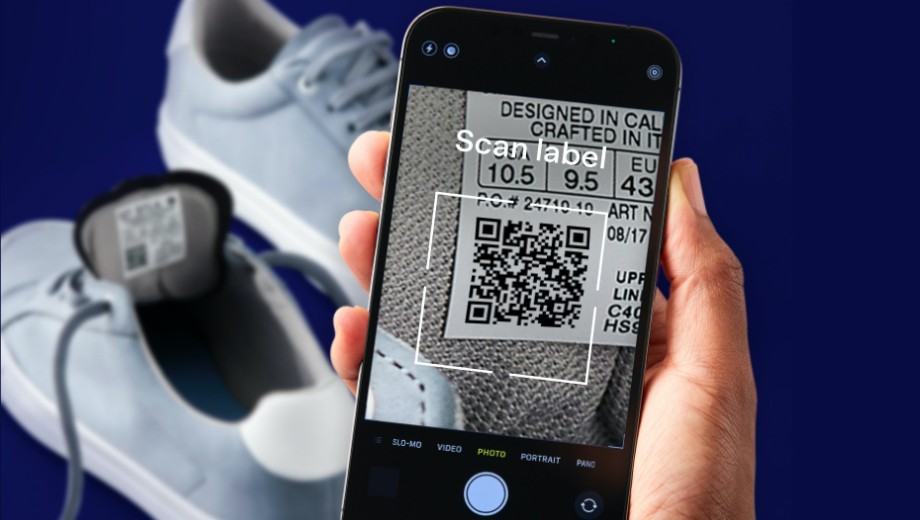The fashion world is constantly reinventing how tomorrow will look. With Connected Textiles, leading brands and retailers are being inspired by technology to rethink their future operations, enrich the consumer experience, and make the life of garments circular.
Digital identification gives the advantage
Digital technologies have already enabled fashion retailers to design efficient omnichannel operations. They can make significant contributions to the three key challenges confronting retailers today.
- How can retailers differentiate from competitors? Consumers are showing loyalty to brands and retail concepts that reward them on price, convenience, and instant gratification.
- How can retailers optimize human resources at the point of sale? Labor shortages in retail continue to impact the point of sale, negatively affecting store performance and customer experiences.
- How can retailers design more effective loss prevention strategies and solutions? For retailers in North America shrinkage through theft and waste have become a $100 billion problem, and the trend is growing.
One technology is already giving retailers the advantage. RFID labels have provided management with unprecedented item-level visibility, allowing omnichannel operations to be designed and built based on accurate, reliable, real-time data. However, the potential of RFID-based systems goes far beyond inventory management.
Welcome to Connected Textiles
What happens when you integrate a garment’s unique digital identity into the garment itself? The utility of the RFID can now be leveraged across the entire life of the garment. From manufacturer to brand owners and point of sale to end-of-life sorting and recycling facilities. For retailers and their strategic partners who are used to item-level visibility at the point of sale, it extends this visibility back to the start of the supply chain and creates data-driven insights for tomorrow’s circular fashion business models.



